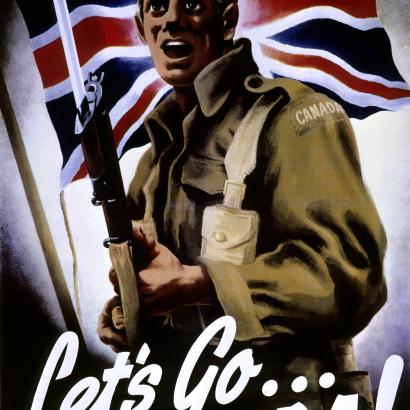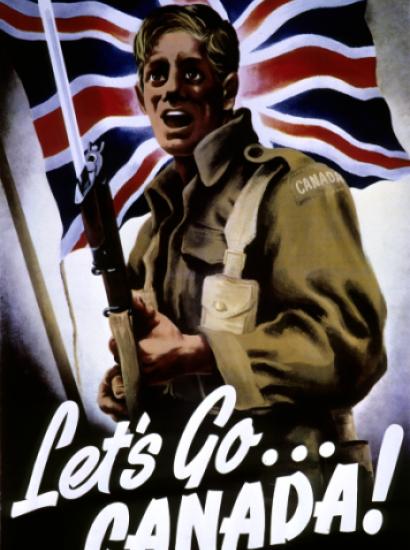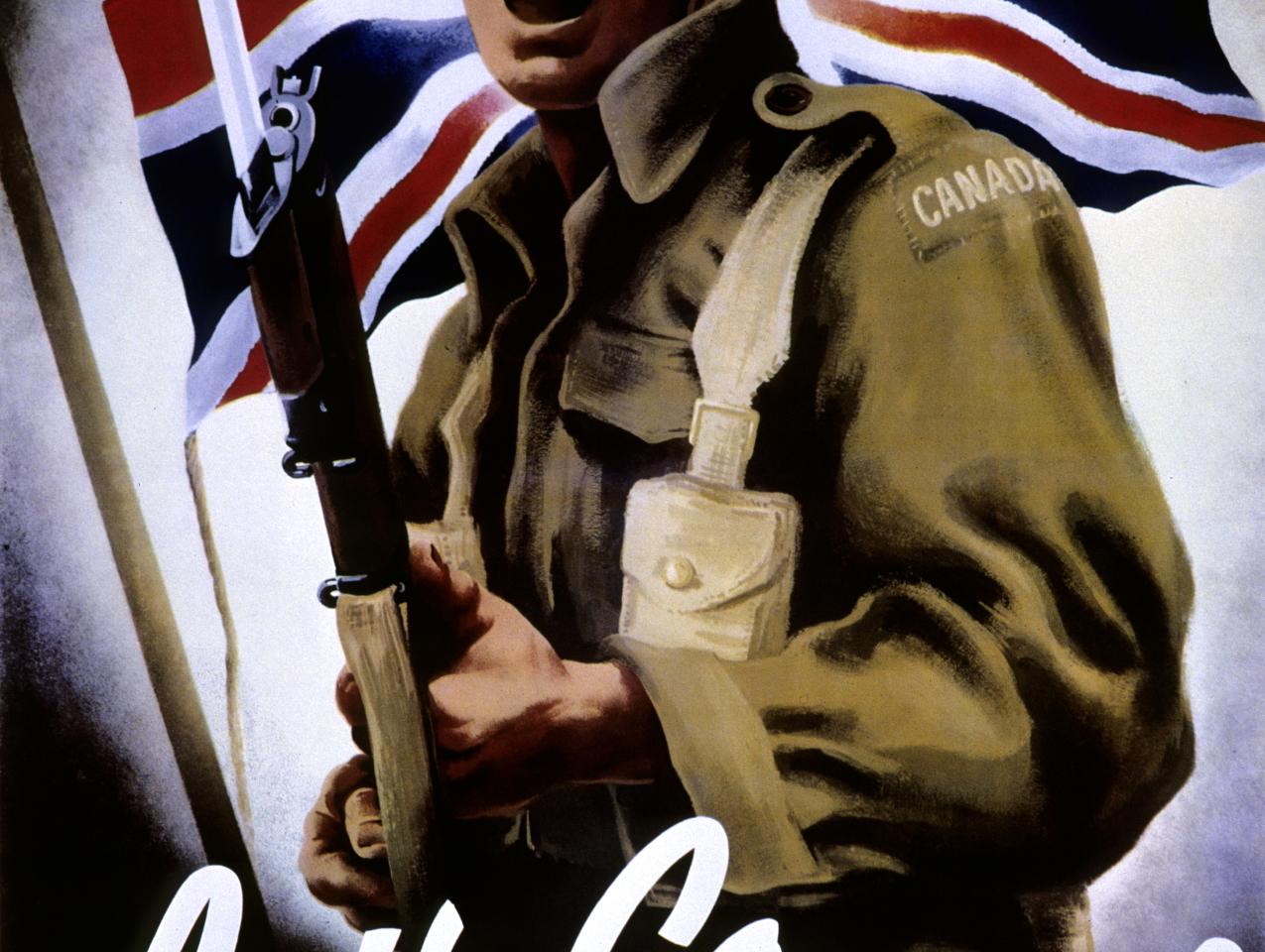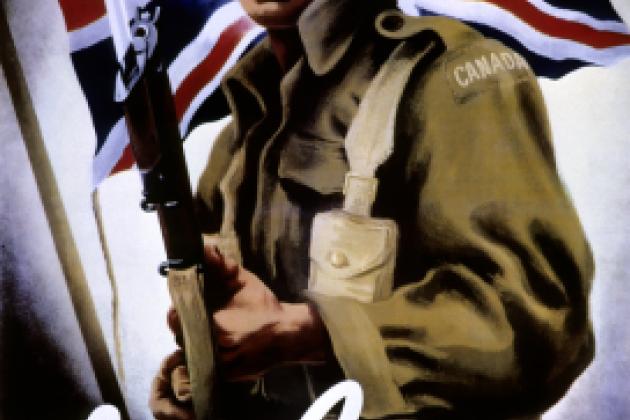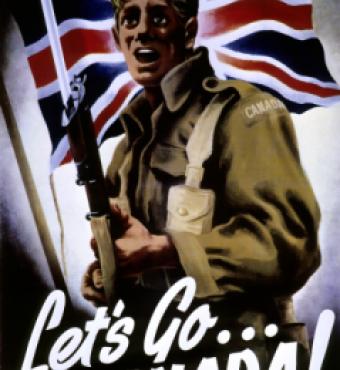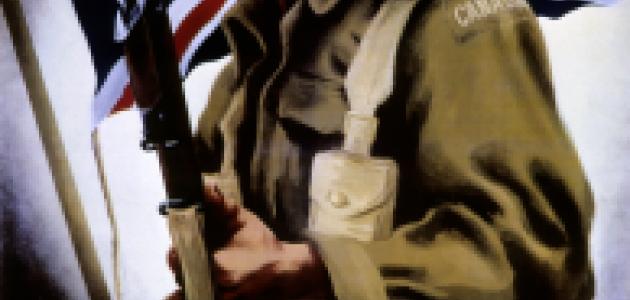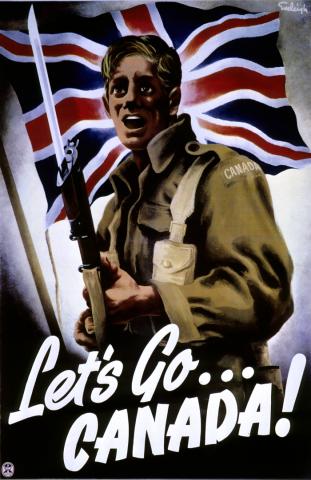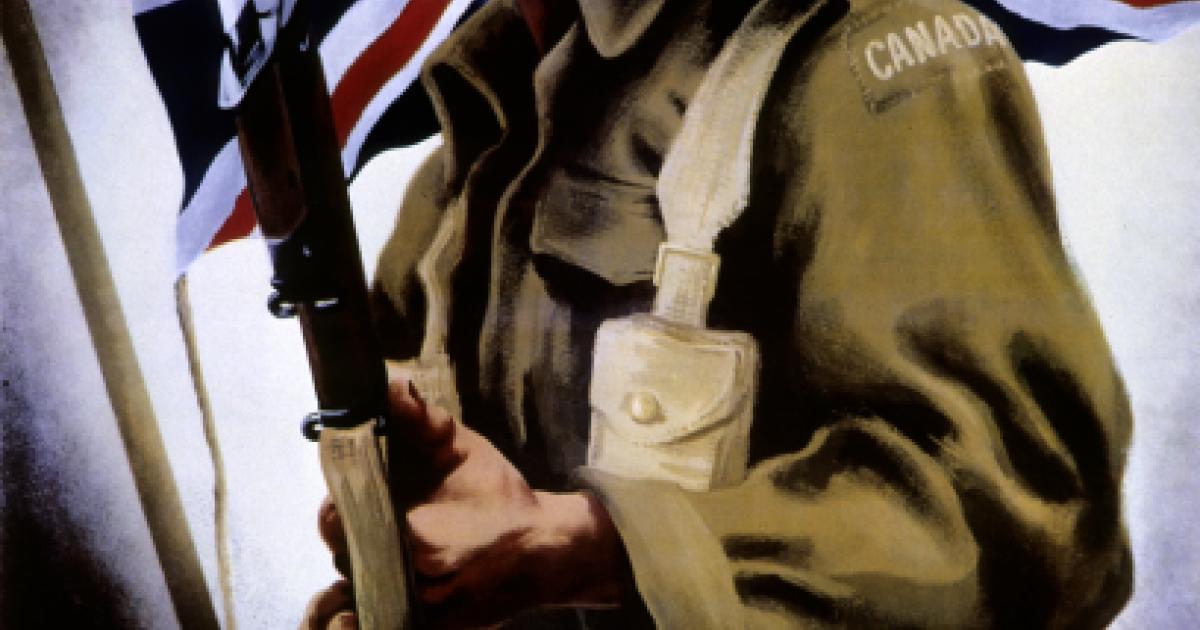- History
- Military
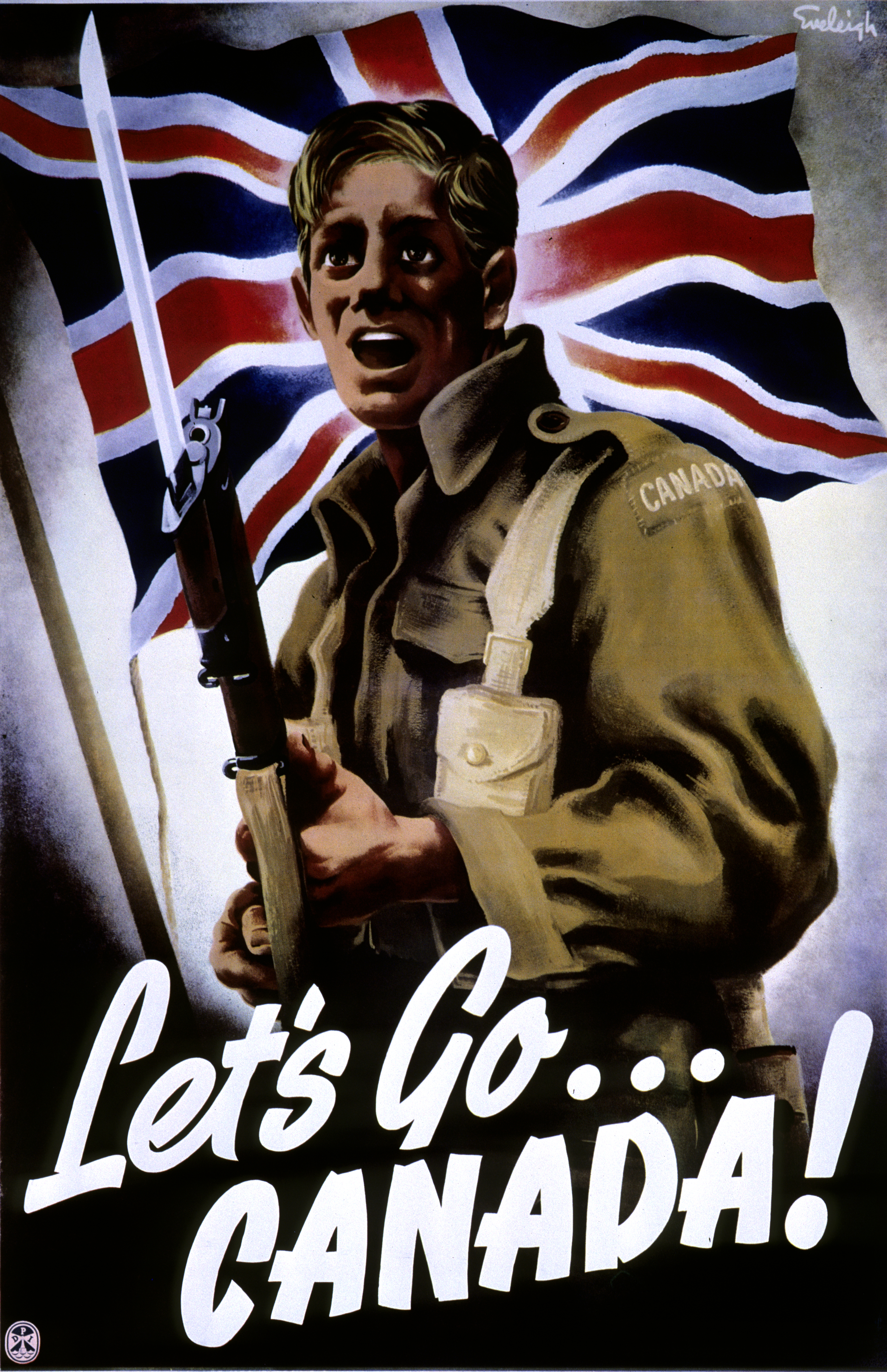
Hard as it is to believe, a little over two hundred years ago today American forces sacked Toronto. The date was April 27, 1813. Yes, “Toronto the Good,” as the once straitlaced city was nicknamed, the city also known as “Hollywood North” because of all the movies and television shows (many American) filmed there, and a cherished annual tourist destination for almost three million Americans, was burnt and plundered by American arms. True, today Canada and America still have trade disputes, but war is another matter entirely.
More about that war in a moment but first consider the timing of Toronto’s fall—April. It was no accident because historically, spring marks the return of the war-fighting season after the winter break. It’s not surprising that several cities in America’s wars have fallen in April. Richmond, for example, was captured by the Union Army on April 3, 1865. Nuremberg, Germany fell to the U.S. Seventh Army on April 20, 1945. Aided by Italian partisans, the U.S. Fifth Army entered Genoa, Italy seven days later on April 27, 1945.
Then there was the fall of Saigon to North Vietnamese troops on April 30, 1975. The U.S. military had already left South Vietnam, so technically it was not an American defeat. Yet after all the blood and treasure spent by America in the Vietnam War, Saigon was a national humiliation, especially given the scenes of helicopter evacuation from the roof of the American embassy.
But searing as the event was at the time, it has begun to disappear from American memory. Do many millennials know about the fall of Saigon? It is doubtful. Unified, Communist Vietnam is now an American friend and a tourist destination. The fall of Saigon is beginning to seem as remote as the typewriter or ticker tape.
Which brings us back to the sack of Toronto—or rather, of York, as the city was known at the time. The event took place during the War of 1812 when Canada was still a British colony. In strategic terms it was a mixed victory for the Americans. York was of limited value since the city of Kingston, not York, was the main British base on Lake Ontario. American casualties at York were high, including the commander, Brig. General Zebulon Pike (for whom Pike’s Peak, Colorado is named). The British took revenge for York by burning no less important a place than Washington the following August.
Yet the capture of York paid off in the end for the Americans. It denied Britain the use of armaments stored at York, armaments that Britain badly needed in the Battle of Lake Erie the following September. Americans’ victory in that battle allowed them to retake Detroit while saving Ohio, Pennsylvania, and western New York from British attack. In short, the capture of York helped keep much of the Midwest American.
But really, Toronto burning? War between Canada and the United States now seems absurd, and that’s a wonderful thing. The two countries share the world’s longest undefended border. But it’s worth remembering that when peace is taken for granted, a military decision, often long ago, usually has something to do with it. That’s why we should remember the Battle of York and raise a glass to the long peace that has followed.







